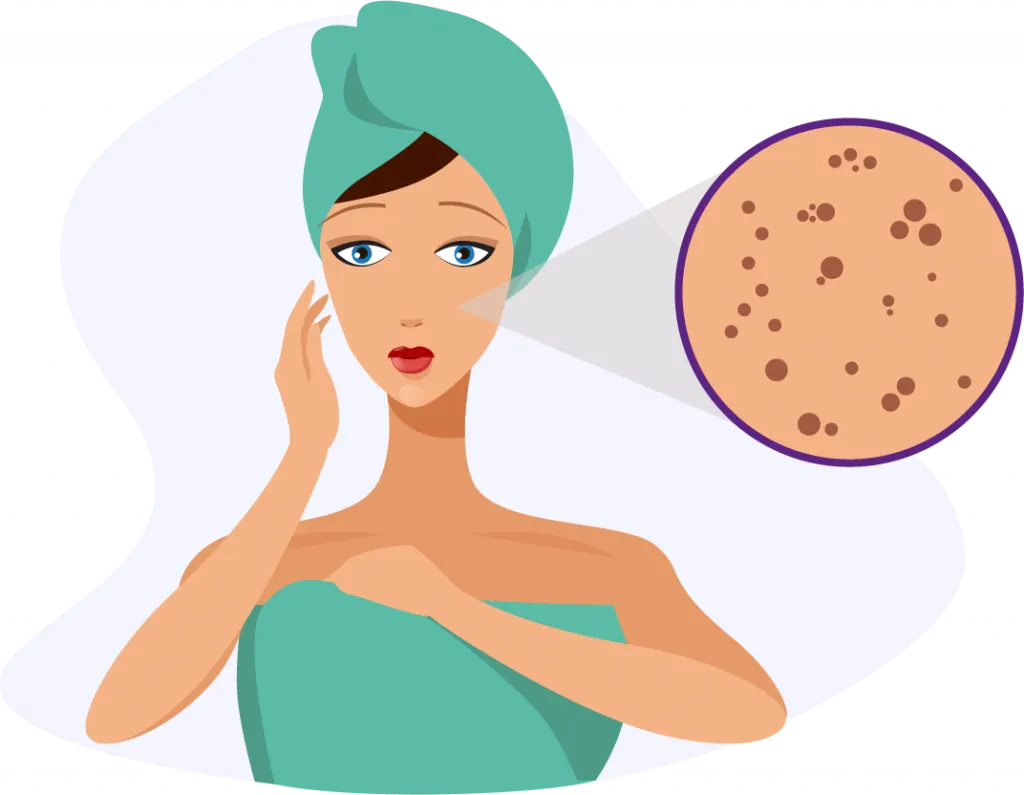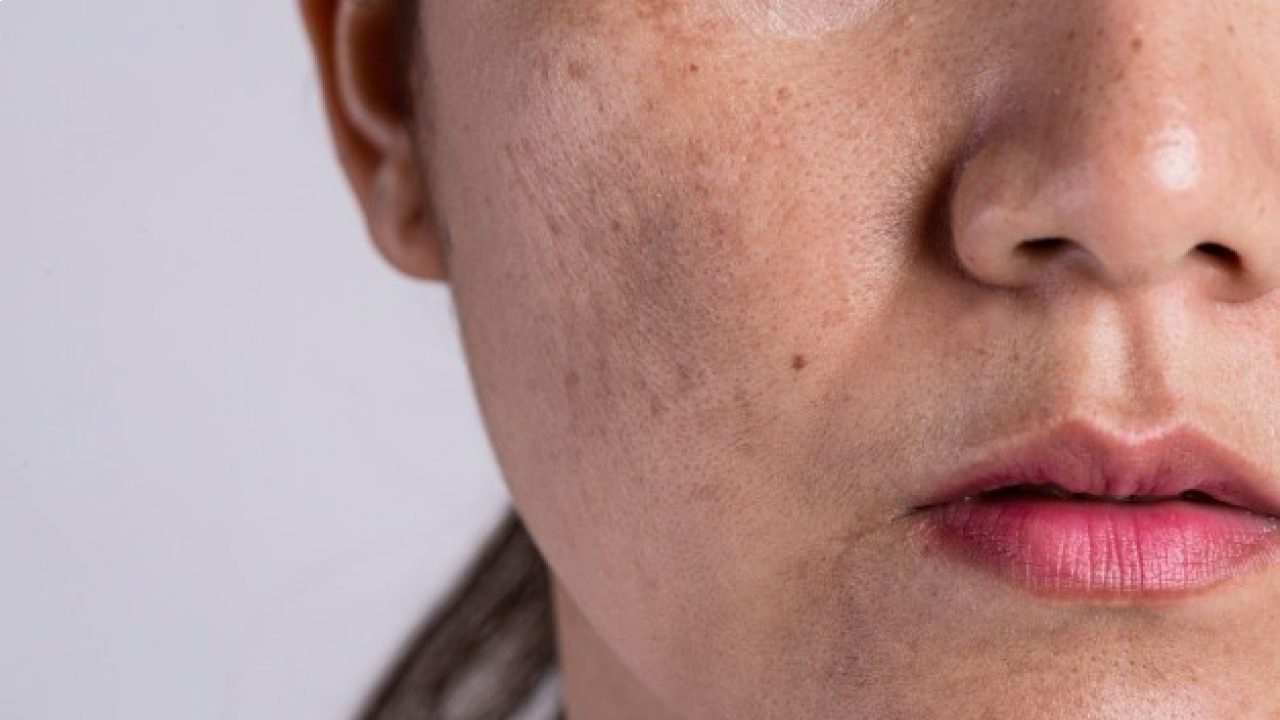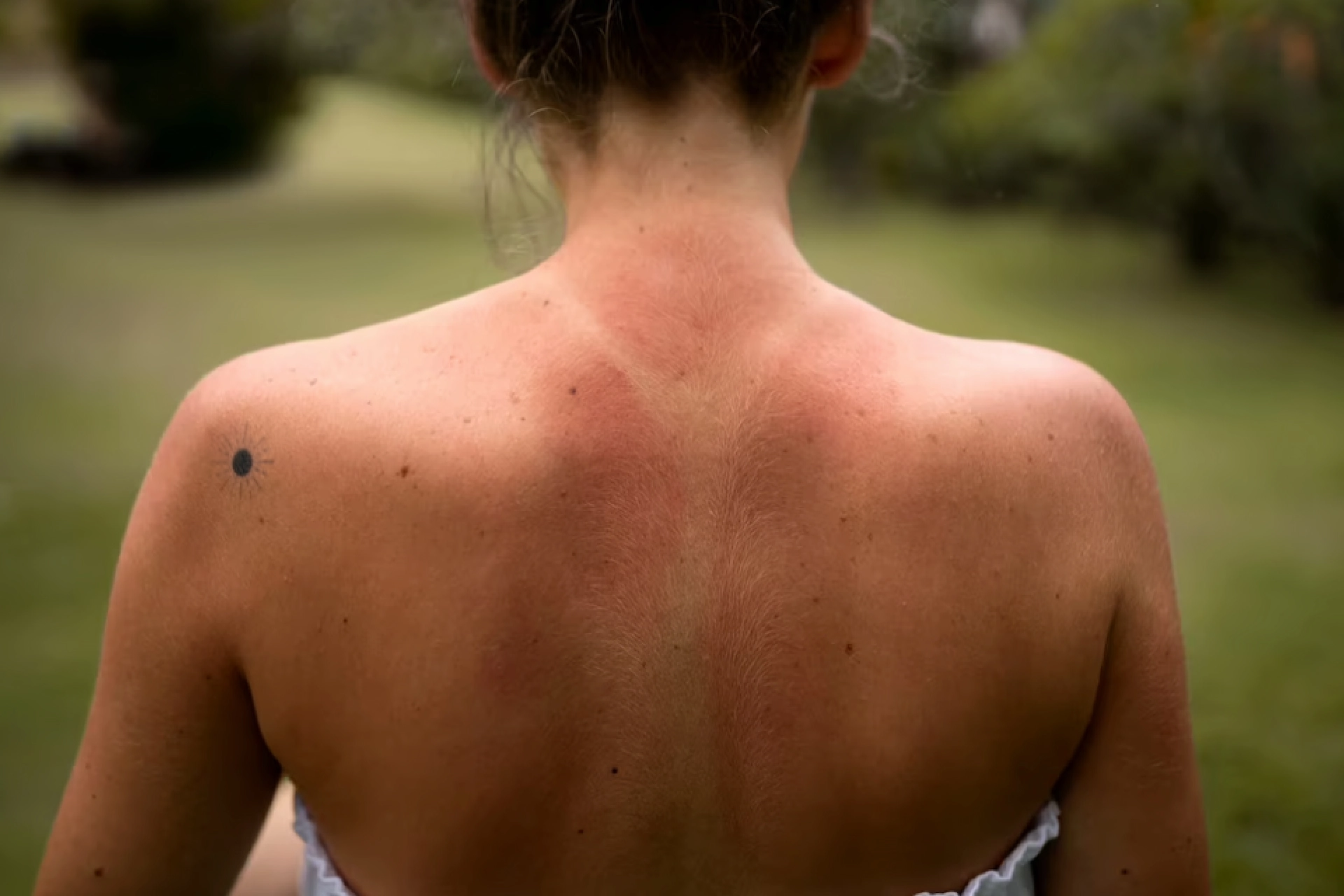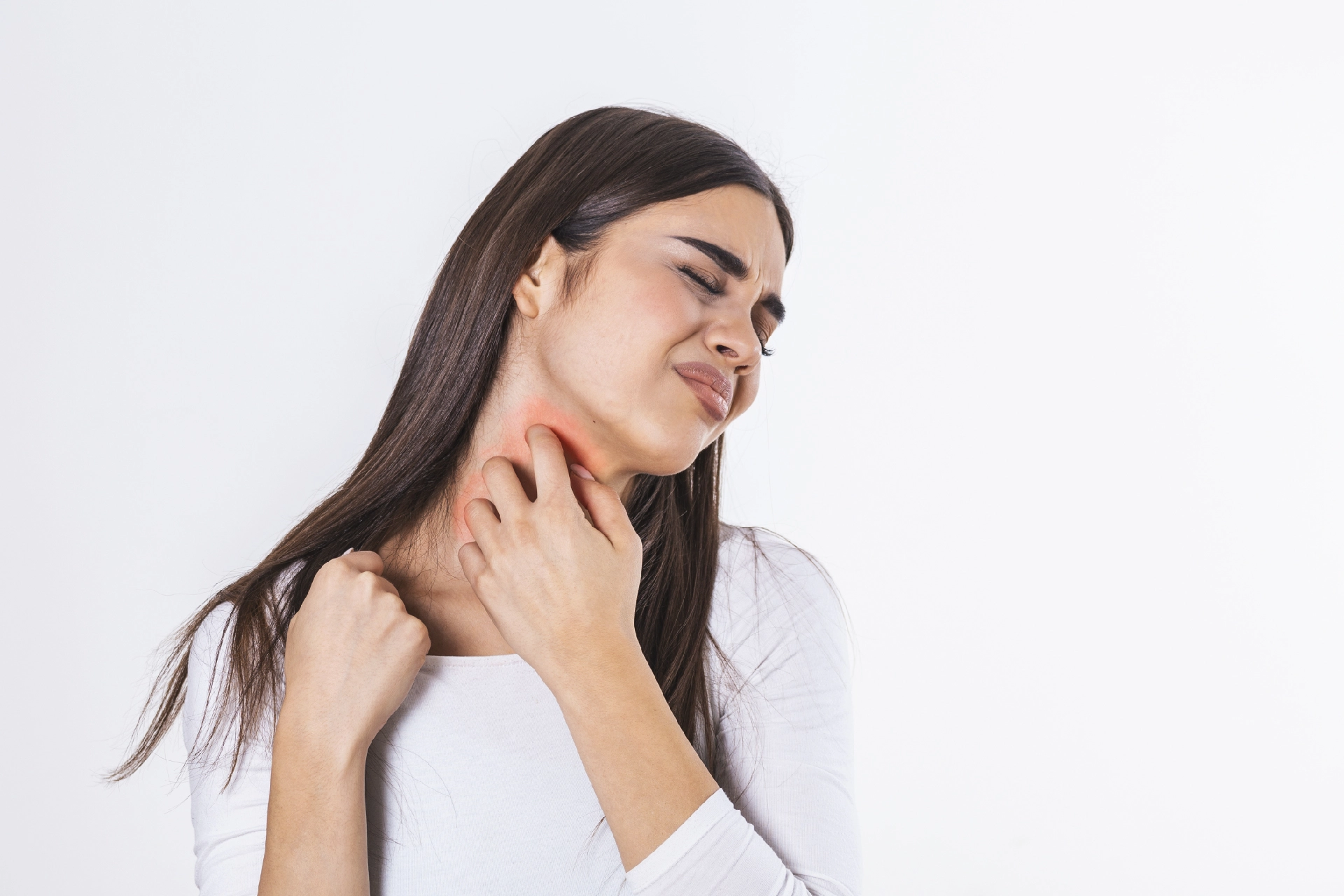Procedural Dermatology | 7 min read
Hyperpigmentation: Symptoms, Causes, and Treatment
Medically reviewed by
Table of Content
Key Takeaways
- Skin Pigmentation disorders affect the colour of the skin
- There are various topical ointments prescribed to reduce the pigmentation
- One can get rid of hyperpigmentation with the help of home remedies and preventing sun exposure
Skin Pigmentation disorders affect the colour of the skin. It can be hyperpigmentation; increase in the pigmentation or hypopigmentation; decrease in the pigmentation. The skin gets its colour from a pigment called ‘melanin’ which is formed by special skin cells called ‘melanocytes’. When these cells are affected or damaged, it affects the production of the melanin constituting the colour.
These changes can be either in the parts of the body as patches or affect the entire body.
Hyperpigmentation is the increased production of melanin causing the skin to get darker.
Hypopigmentation is the reduction in the production of melanin causing the skin to get lighter.
What is Hyperpigmentation?
Hyperpigmentation is characterized by uneven skin tone with dark patches. This is a common skin condition and can affect all skin types. Although, people with dark skin are more susceptible to hyperpigmentation marks than those with a lighter skin tone as skin pigmentation is stronger in dark skin.
It is a common skin condition that causes patches of skin to become darker than the surrounding area. It can occur for various reasons, including sun exposure, hormonal changes, certain medications, and certain skin conditions.
Symptoms of hyperpigmentation include dark patches on the skin, which may be either temporary or permanent. The darkness of the patches may vary, depending on the cause of the hyperpigmentation.
Several risk factors for hyperpigmentation include sun exposure, certain medications, skin injuries, and certain skin conditions. People with darker skin tones are more susceptible to hyperpigmentation.
Several treatment options for hyperpigmentation include topical creams, laser treatments, and chemical peels. Therapy can help lighten the dark patches, but it will not altogether remove them.

Symptoms of Hyperpigmentation
Hyperpigmentation is a common skin condition that causes patches of skin to become darker than the surrounding area. It can occur for various reasons, including sun exposure, hormonal changes, certain medications, and certain skin conditions.
Symptoms of hyperpigmentation include dark patches on the skin, which may be either temporary or permanent. The darkness of the patches may vary, depending on the cause of the hyperpigmentation.
Several risk factors for hyperpigmentation include sun exposure, certain medications, skin injuries, and certain skin conditions. People with darker skin tones are more susceptible to hyperpigmentation.
Several treatment options for hyperpigmentation include topical creams, laser treatments, and chemical peels. Therapy can help lighten the dark patches, but it will not altogether remove them.
Causes of Hyperpigmentation
There are many potential causes of hyperpigmentation. Most common include sun exposure, hormonal changes, and certain medications. Sun exposure is the most common cause of hyperpigmentation. UV rays can trigger the overproduction of melanin. Hormonal changes, such as those during pregnancy or menopause, can also cause hyperpigmentation. Certain medications, such as birth control pills or anti-inflammatory drugs, can also cause the skin to become darker.
Types of Hyperpigmentation
Melasma
This is characterized by the appearance of brown spots. It mostly occurs due to hormonal changes especially in women during pregnancy or using oral contraceptive drugs. It can affect various areas of the body and often subsides on its own post-pregnancy.
Sunspots/ age spots
Also called ‘liver spots’, are due to exposure to the sun over a period of time. They affect the areas which are most exposed to sunlight such as the face, arms and legs.
Post-injury/inflammation
Cuts, burns or acne can lead to hyperpigmentation.
Reaction to medications
Certain tropical treatments can sometimes cause hyperpigmentation. Antimalarial medications and chemotherapy drugs can also cause increased production of melanin.
Prevention of Hyperpigmentation
It is mostly harmless, but it can be cosmetically troublesome to many. Not all types of hyperpigmentation can be prevented especially the ones caused due to hormonal changes. Here are a few steps that can be taken to prevent hyperpigmentation:
- Wear a broad-spectrum sunscreen suitable to your skin type 20 minutes before going outside in sun. Re-apply every two hours.
- Sun exposure can not only cause sunspots but can worsen the already existing hyperpigmentation of melasma and post-inflammatory hyperpigmentation spots by making them darker.10 a.m. to 5 p.m. is the duration when the sun is strongest, and one should avoid being outdoors.
- Wear protective clothing such as hats, scarf, full-length gloves and glasses while going outside in the sun.
- Certain medications that cause hyperpigmentation should be avoided. Consult your doctor for alternatives.
- Any injury or inflammation to the skin such as acne, should not be scratched or avoid skin-picking.
Diagnosis of Hyperpigmentation
There are several ways to diagnose hyperpigmentation. A dermatologist will usually start by taking a medical history and performing a physical examination. They may also use a Wood's light to examine the skin. It is a special light that can help determine the pigmentation's depth.
If the cause of the hyperpigmentation is not apparent, the dermatologist may order a skin biopsy. It is a simple procedure in which a small piece of skin is removed and examined under a microscope.
Once the cause of the hyperpigmentation is determined, the dermatologist will develop a treatment plan. Treatment options vary depending on the cause but may include topical creams, laser therapy, or chemical peels.
Treatment of Hyperpigmentation
Your doctor shall first do a physical examination to assess your skin to know the root cause for the hyperpigmentation, based on which they prescribe you medications.
There are various topical ointments prescribed to reduce the pigmentation; they contain ingredients such as:
- Hydroquinone
- Corticosteroids
- Retinoids, such as tretinoin
- Vitamin c
These topical medications to lighten the skin should only be taken under the observation of your dermatologist, as they can properly guide you on how to use the medication without any adverse effects.
Cosmetic procedures can also lighten areas of skin to reduce the appearance of hyperpigmentation. Some of them are as follows:
- Laser therapy
- Intense pulsed light
- Chemical peels
- Microdermabrasion
Always talk to your dermatologist about the detailed process and any associated side-effects before undergoing the procedure.
Home Remedies for Hyperpigmentation
Few studies show good results of using home remedies for lightening the skin tone. Although, one should always try a new remedy or treatment on a small patch of skin first for testing; if it irritates the skin it should be discontinued.
Turmeric:
From ages, turmeric is been known to aid in reducing inflammation. It is also known to reduce the effects of melanin leading to skin lightening. One part of turmeric mixed with one part of honey can do wonders. You can add a few drops of lemon juice is your skin is not sensitive.
Aloe vera:
It contains a compound called aloesin which may lighten hyperpigmentation. You can apply aloe vera directly from the plant for overnight and wash it off next morning.
Green tea:
It has a depigmenting effect when applied to the skin. It can be used in different ways; green tea bags kept in refrigerator can be applied directly to the dark spots or steep some green tea leaves in water for 5-10 minutes, cool it and then apply after straining it.
Raw milk:
Apply cold raw milk with the help of cotton pad on the dark spots twice a day for maximum results.
Orange peel powder: Dried orange peels can be turned into powder form when mixed with honey, Multani Mitti and water can be applied as a mask for lightening effect.
Papaya:
Papaya has fruit acids known as alpha-hydroxy acids, which is a chemical exfoliant. It helps in removing the dead skin cells and thus giving a brighter appearance.
Vitamin E:
It neutralizes the effect of UV radiation and helps in repairing damaged skin, thus helps to cure hyperpigmentation. Puncture a vitamin E capsule and take 2-3 drops of it to apply overnight on the skin and wash it next morning.
Tomato:
The presence of lycopene in tomato helps protecting against short-term and long-term aspects of photodamage. It is well-known for removing tanning, reduce spots and pigmentation. Just slice a tomato and apply directly to the dark spots in a circular motion for a few minutes and then wash it off.
Sandalwood:
Sandalwood enhances the complexion by mildly exfoliating the dead skin cells. Form a paste of sandalwood powder with milk and a little turmeric and apply to the affected areas for 20-25 minutes until it is dry. Wash it gently.
Masoor dal:
Face masks made from ground overnight-soaked masoor daal (red lentils) are popular as a hyperpigmentation treatment.
Additional Read: How to get rid of dark circles?One can get rid of hyperpigmentation with the help of these home remedies and preventing sun exposure. You can consult your dermatologist for cosmetic reasons who can help you prescribe correct medications for the same.
Find the best doctor for the job on Bajaj Finserv Health. Locate a dermatologist near you in minutes, view doctors’ years of experience, consulting hours, fees and more before booking an e-consult or in-person appointment. Apart from facilitating online appointment booking, the Bajaj Finserv Health also offers health plans for your family, medicine reminders, healthcare information and discounts from select hospitals and clinics.
References
Disclaimer
Please note that this article is solely meant for informational purposes and Bajaj Finserv Health Limited (“BFHL”) does not shoulder any responsibility of the views/advice/information expressed/given by the writer/reviewer/originator. This article should not be considered as a substitute for any medical advice, diagnosis or treatment. Always consult with your trusted physician/qualified healthcare professional to evaluate your medical condition. The above article has been reviewed by a qualified doctor and BFHL is not responsible for any damages for any information or services provided by any third party.





